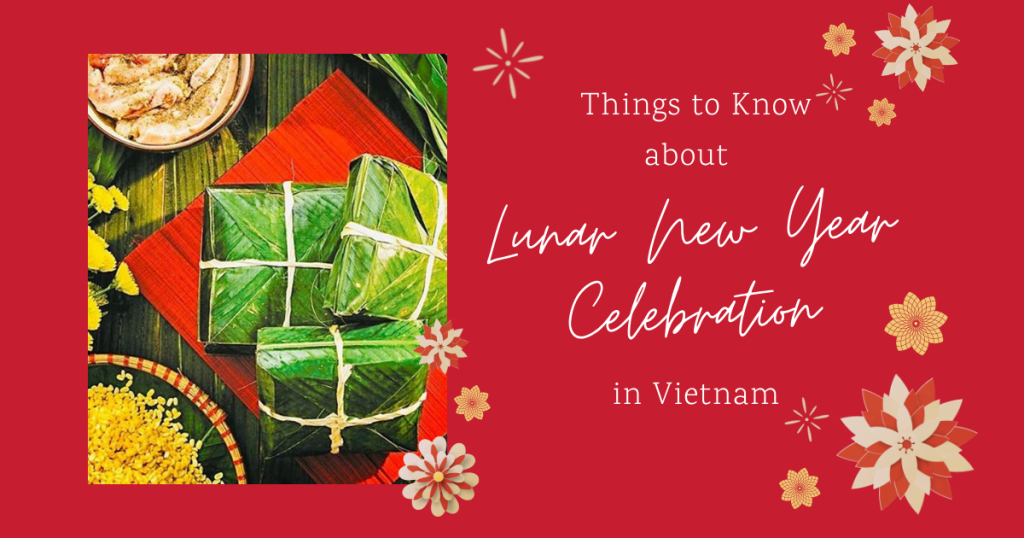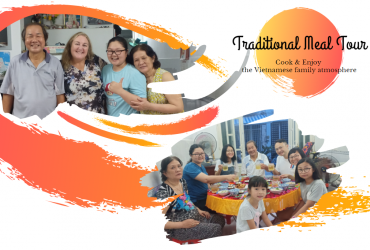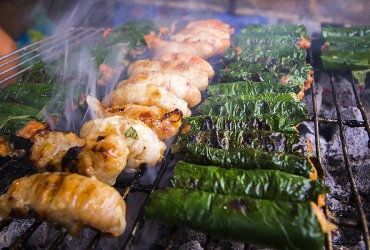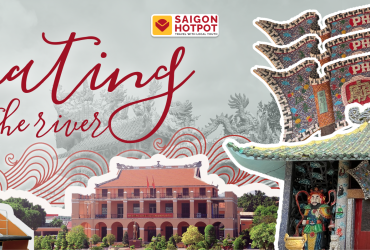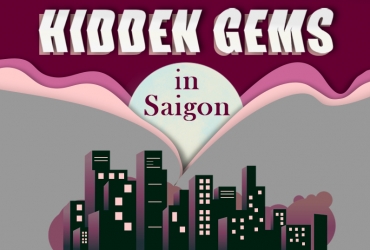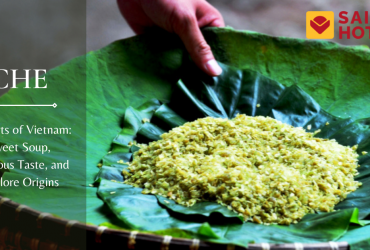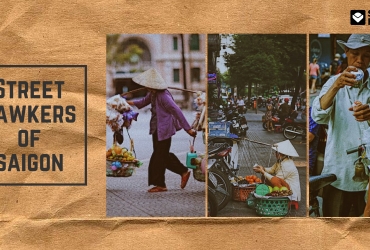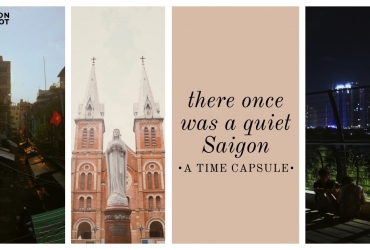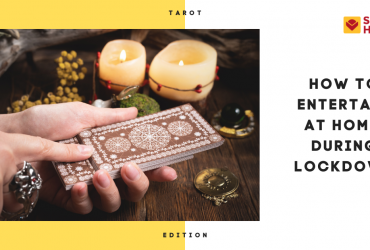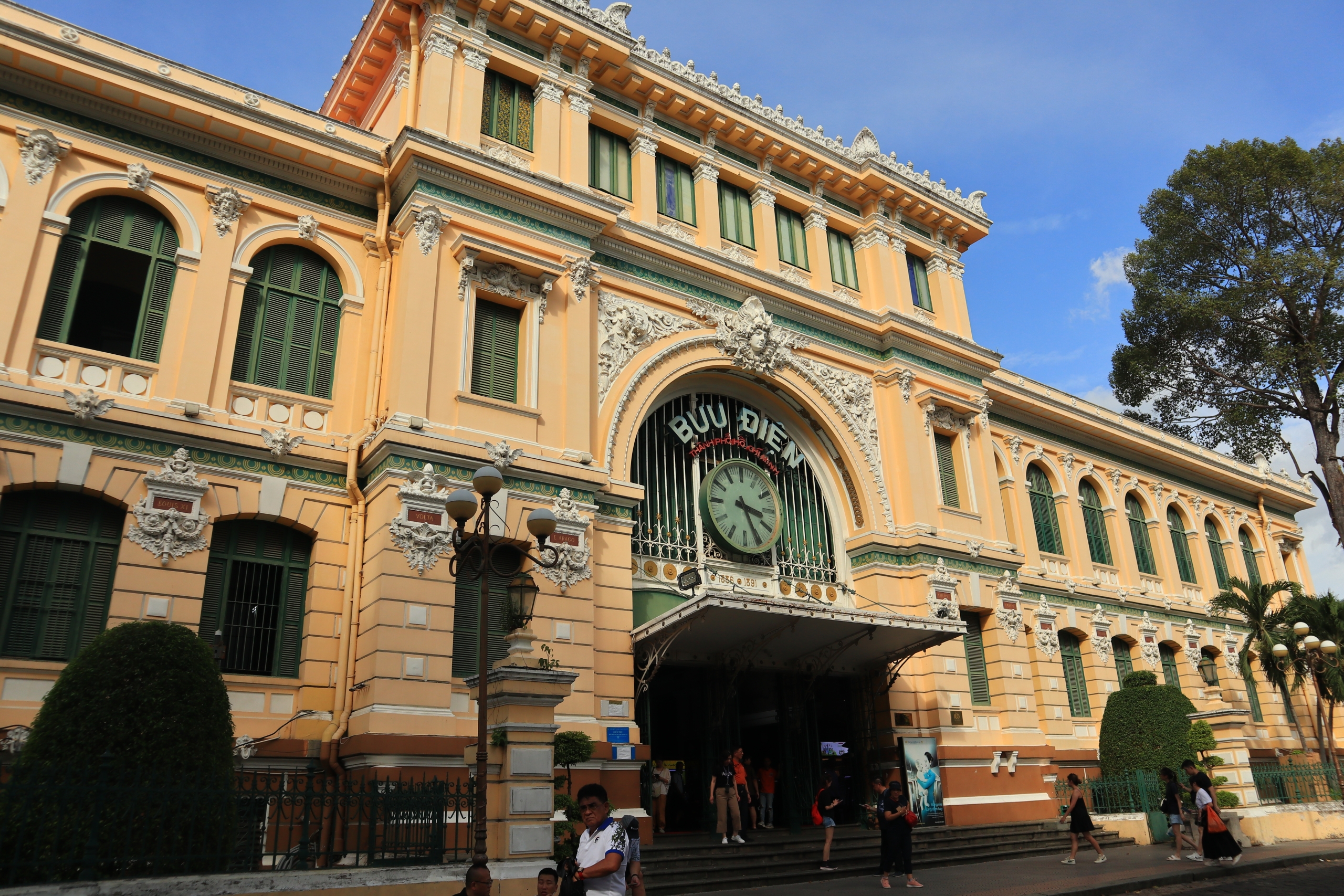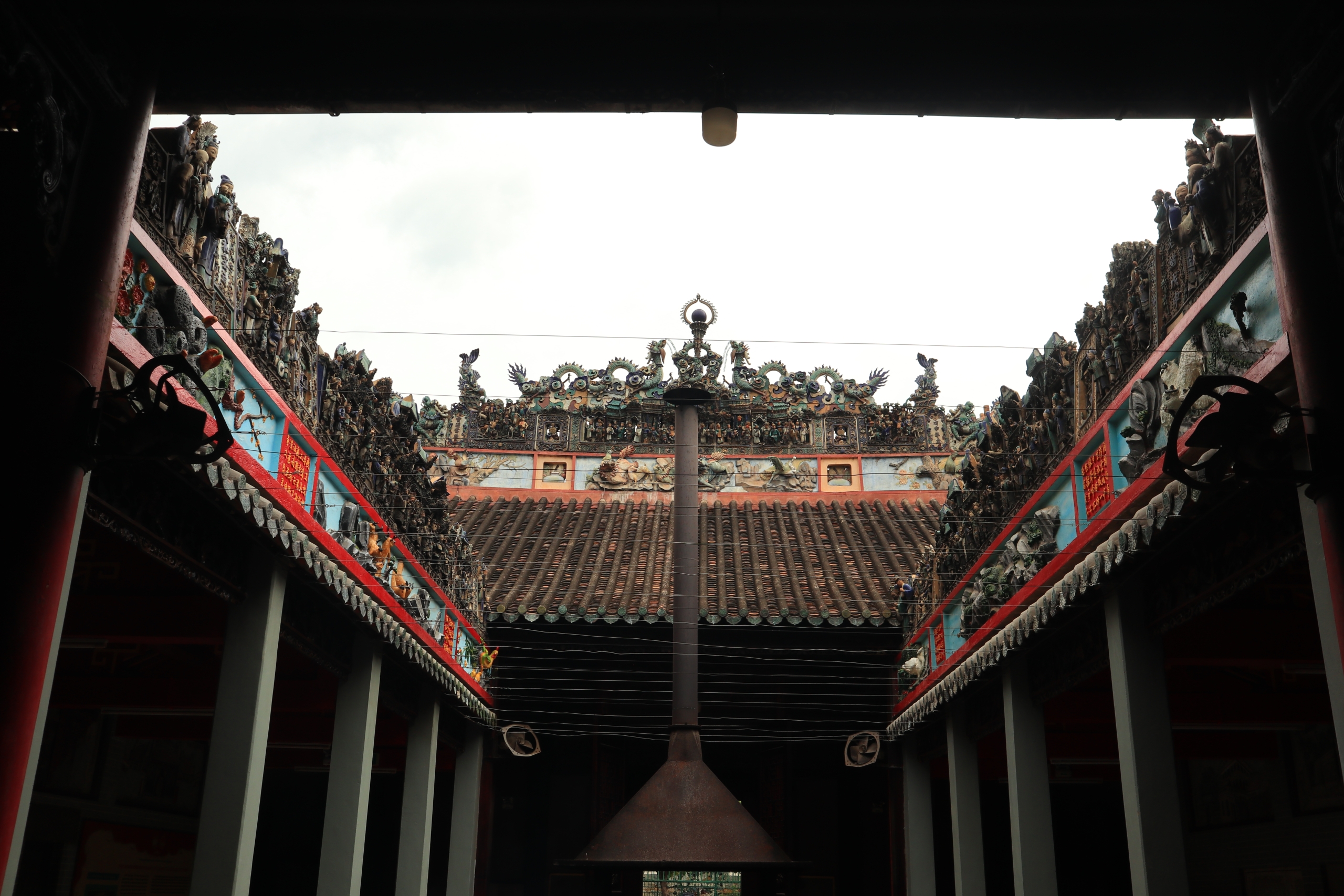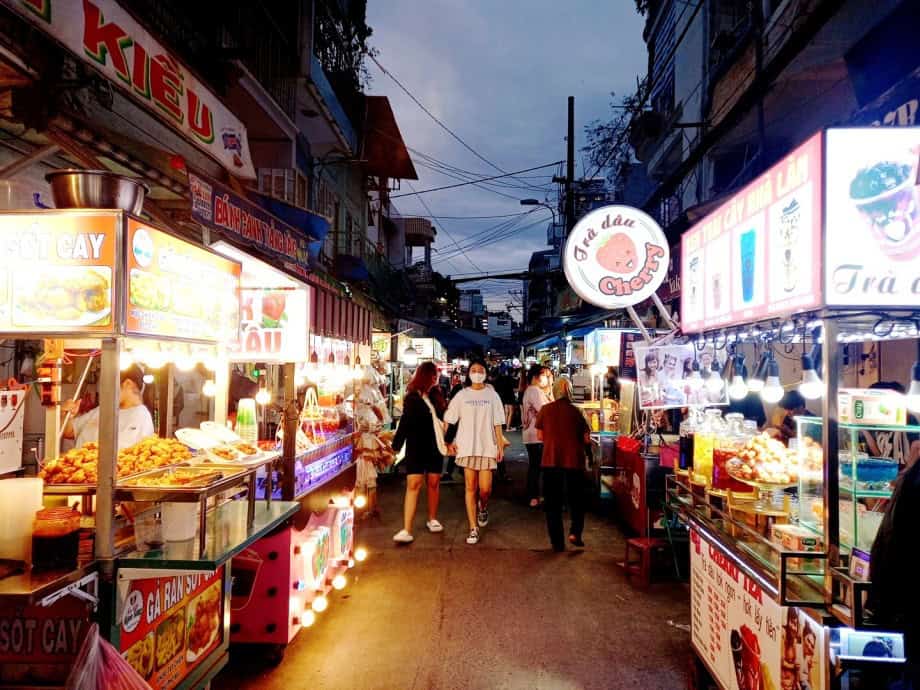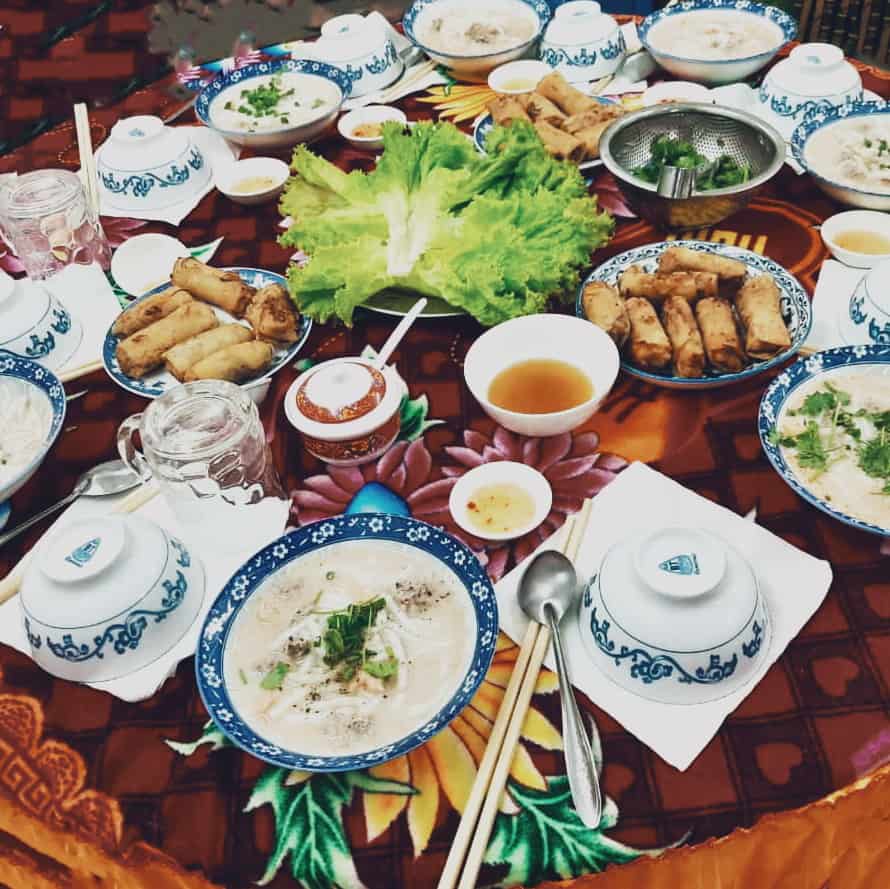“Home isn’t a place. It’s a feeling.”
Cecelia Ahern
As I travel the world and explore different cultures, I come to realize that no matter where you are, you always carry that sentimental feeling you have for your home inside your heart. There might be places in the world-renowned for their beauty. There might be such luxury cuisine that make your mouth water with want. However, nothing can compare to the taste of home. For me, home is when my family gathers and celebrates Lunar New Year as the house is filled with familiar dishes and people come and go with happy smiles and traditional greetings.
Of course, as we have touched upon in a previous article, Lunar New Year celebration varies differently from the North to the South as each region has distinct food and traditional ways of celebrating.
In the North where traditional values are strictly upheld, Lunar dishes are sophisticatedly prepared. These dishes would be present on a big tray and there are usually 6 bowls, 6 plates or 8 bowls, 8 plates on a tray. This is due to the belief that 6 or 8 is said to bring luck and money to the family.
1. Bánh Chưng (Sticky Rice Cake)
With a deep-rooted history in Vietnam, this dish is one that no Northern families can do without in their Lunar New Year celebration. Wrapped in “dong” leaves, the rectangle shape of banh chung represents the Earth, created by Prince Lang Lieu to show gratitude to Hung King of the 16th and natural forces (Hung Dynasty is said to be the original ancestors of the current Vietnamese).

Banh chung – a traditional, must-have of Lunar New Year (Credit: Pixabay)
What makes banh chung special is the making process. As it requires a long period of time to come to fruition, it is a common scene as Lunar New Year approaches that families would gather around the fire in the backyard and cook banh chung in a humongous pot (see picture for reference). Because of this usual method of cooking, banh chung creates that distinct taste that I have come to know as the flavor of Tet.

Made from sticky rice, green beans, and pork belly (Credit: anvatsanjose.com)
2. Xôi Gấc (Sticky Red Rice)
In the old beliefs, red represents luck and happiness of unions. Therefore, on special occasions such as the full moons, festive days, and especially Lunar New Year, each household prepares a plate of sticky red rice and places it on the big tray of celebration.

The red color represents luck and happiness so sticky red rice is present on the traditional tray of celebration (Credit: bepcuatoi.com)
Made from delicious sticky rice mixed with momordica being steam-pressed in a stock pot, the complete dish has a beautiful blood red color that gives off a mouth-watering image. When eating, you can feel the texture of well-made sticky rice with the fatty taste of coconut water.
In the Central region of Vietnam, people also celebrate Lunar New Year in the traditional way, albeit the traditional tray of celebration would include different dishes.
1. Nem Chua (Fermented Pork Roll)
Fermented pork rolls are a favorite of the Central people in gatherings with friends with drinks on hand. These specialties are easily made from pork after a few days fermented with species, wrapped in guava leaves. Inside the roll, there are phyllanthus leaves to give that sour, spicy, and crunchy taste.

A simple-to-made, easy-to-eat dish of fermented pork roll (Credit: vietnamdiscovery.com)
2. Dưa Món (Vegetable Pickles)
Similar to the pickles you might know in a McDonald’s Burger, vegetable pickles are made from various ingredients such as radish, carrot, cucumber, papaya, Chinese onion…Although this combination seems miscellaneous and random, when eaten together with banh chung or banh tet (introduced below), they are weirdly irresistible.

Vegetable pickles can be eaten with virtually everything – banh chung, white rice, banh tet (Credit: ngoisao.net)
This dish is a must-have for Lunar New Year. For my family, my mother always prepares a huge jar of vegetable pickles for my brother. Eating this with rice is also an option.
The South region has a fast-developing economy, leading to an influx of migrants and cultures. Consequently, the celebration of Lunar New Year in the South is diverse and mixed.
1. Thịt Kho Nước Dừa (Caramelized Pork and Eggs)
Similar to the vegetable pickles, caramelized pork and eggs have become a staple dish in Lunar New Year days when no restaurant is open and street food is no longer an option as people close down to celebrate with their family. In the days drawing close to Lunar New Year, besides cooking banh chung and banh tet, families in the South also prepare a pot with caramelized pork and eggs to eat through the days. It is easy to make and consume, especially nutritious for young children.

A staple dish in every Southern household (Credit: webnauan.vn)
2. Bánh Tét (Tet Cake)
According to history, banh tet is created to represent the union of Earth and Sky. It is a traditional dish like banh chung but instead of being wrapped in dong leaves, banh tet is wrapped in banana leaves. While the ingredients are similar, banh tet has a cylinder shape. There are variations of banh tet in the Central region and the South.

Similar to banh chung, banh tet is created to represent the union of Earth and Sky (Credit: yummyvietnam.net)
In the South, banh tet has two types: traditional banh tet with mung bean and minced pork belly and banh tet with sweet filling such as banana, red beans, green beans…In the Mekong Delta, there is a famous banh tet called Banh Tet Tra Cuon in Tra Vinh. This banh tet has a beautiful radiant purple color wrapped tightly and neatly in green banana leaves. The contrast of colors creates a stunning visual for a traditional simple dish.

Besides the traditional taste, banh tet also has different choices for vegetarians, such as banana fillings (Credit: Google )
If you would like to know more about Saigon Hotpot, do check out our blog for more exciting contents like this coming up!
Written by: Liên Lê
Image Source: Google + SGHP + Liên Lê

